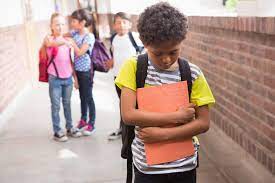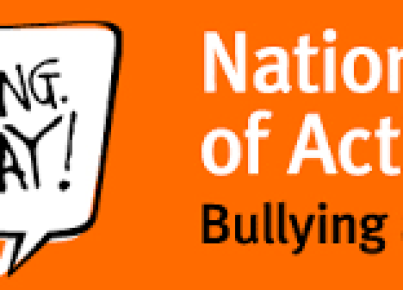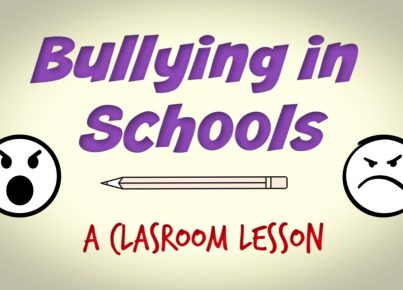Introduction
Bullying has become a significant problem in schools worldwide. It can have severe consequences for both the victim and the bully, leading to mental health issues, poor academic performance, and even violence. In order to create a safe and supportive learning environment for all students, it is essential to identify and prevent bullying in the classroom. This article will discuss the different types of bullying, warning signs to look out for, and strategies educators can implement to create a bully-free environment.
Types of Bullying
There are several forms of bullying, including:
1. Verbal bullying: This type of bullying involves name-calling, teasing, or making offensive remarks about a person’s appearance, religion, race, or social status.
2. Social bullying: Also known as relational aggression, this form of bullying involves spreading rumors, gossiping, or intentionally excluding someone from activities or social groups.
3. Physical bullying: This includes hitting, kicking, pushing, tripping or engaging in other acts of physical aggression against a person.
4. Cyberbullying: The use of digital technologies, such as social media platforms, text messages and emails to harass or intimidate someone.
Warning Signs
It’s crucial for teachers and school staff members to recognize signs that may indicate a student is experiencing bullying. These warning signs may include:
– Unexplained anxiety or sadness
– Withdrawal from social activities and peers
– Sudden changes in academic performance
– Frequent illnesses or complaints of headaches and stomachaches
– Lost or damaged belongings
– A decline in self-esteem
– Fear of going to school or taking part in school-related events
Prevention Strategies
To prevent bullying in the classroom, educators can implement a variety of strategies:
1. Create a safe and supportive learning environment: Encourage open communication between students and teachers. Establish clear rules about acceptable behavior and enforce them consistently.
2. Provide education on bullying: Teach students about the different types of bullying, their negative impact, and the importance of empathy, respect, and inclusion.
3. Encourage bystander intervention: Empower students to stand up against bullying by promoting a sense of responsibility among classmates. Teach them how to report incidents of bullying and support victims.
4. Promote positive peer relationships: Encourage group activities that foster cooperation, collaboration, and socially positive behaviors.
5. Monitor online behavior: Educators should be aware of their students’ online activities and educate them on appropriate digital citizenship and the potential risks of cyberbullying.
6. Communicate with parents: Regularly inform parents about school bullying prevention programs and provide them with resources to identify and respond to bullying situations.
Conclusion
Creating a safe and inclusive learning environment is critical for the academic success and emotional well-being of all students. By identifying signs of bullying, implementing preventive strategies, and fostering a culture of respect and empathy, educators can make a significant impact in reducing the incidents of bullying in the classroom. Together, we can create a more supportive educational experience for all students.





